Switzerland, Dada and 100 years of Surrealism
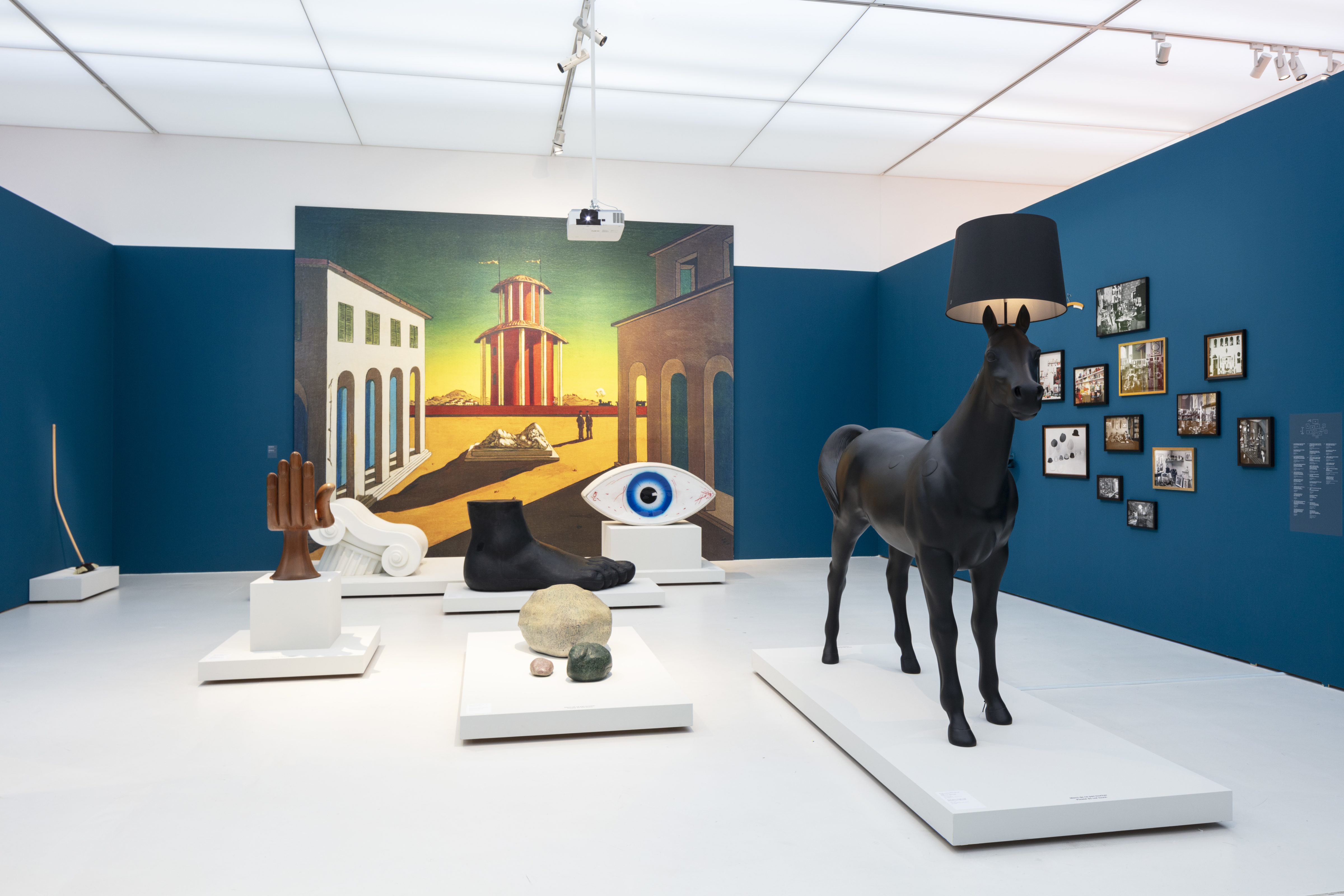
Three museums in Lausanne are celebrating the centenary of Surrealism. But why did Dada, the influential art movement and precursor of Surrealism, all but disappear from Switzerland after it was launched in Zurich in 1916? In an interview with SWI swissinfo.ch, curator Juri Steiner sets the record straight.
The Dada art movement was born from the disillusionment of avant-garde artists who found refuge in Switzerland during the First World War. Gathering at the Cabaret Voltaire in Zurich, these pacifists and deserters denounced what curator Juri Steiner calls the “bankruptcy of rationality” by means of the absurd. This came in the form of poetry, collages, songs, performances and paintings.
The spirit of Dada rapidly spread to Europe and the United States and became the prelude to Surrealism, which was launched in Paris by a 1924 manifesto by André Breton.
But in Switzerland Dada quietly disappeared. The iconic Cabaret Voltaire languished for decades as a pub cum dance club, where non-conformist artists would give the occasional performance. Meanwhile, Dada-inspired art movements continued to emerge abroad, namely the Nouveaux RéalistesExternal link (new realists), SituationismExternal link, LettrismExternal link and FluxusExternal link.
It took decades before the movement resonated again in Switzerland.
Steiner, director of the Lausanne Fine Arts Museum (MCBA), co-curated the landmark Universal Dada exhibition in Zurich’s Landesmuseum in 2016 as well as the current Surrealism, Le Grand Jeu show in Lausanne. He has his own thoughts on why it took Dadaism such a long time to return to its home country.
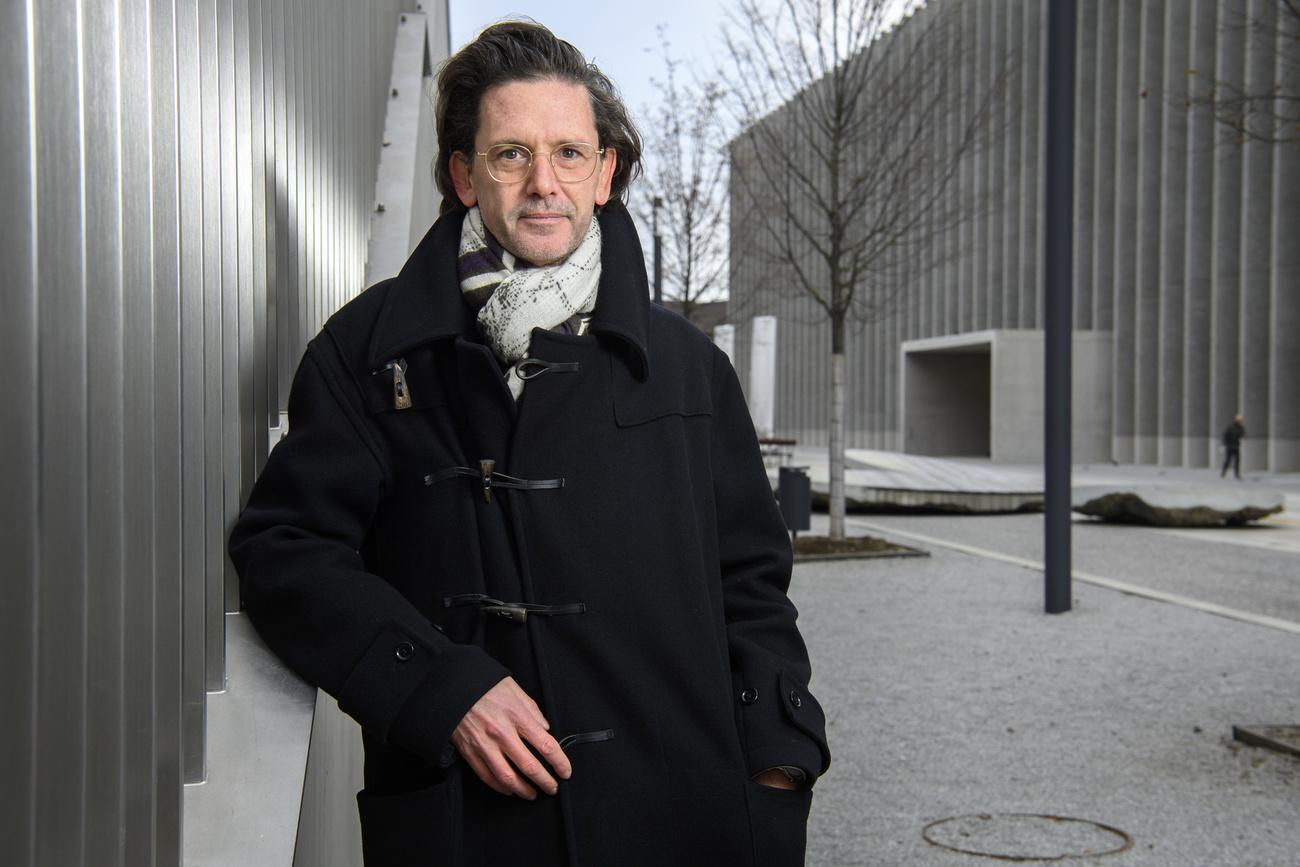
The Dada marketing machine
The artists who invented Dadaism all dispersed after the war; only a few remained in Switzerland. The survival and success of Dada, Steiner explains, owes a great deal to the promotional talent of Tristan Tzara, a Romanian writer and co-founder of the movement.
Tzara built the first avant-garde network using all the communication methods at his disposal: letters, telephone, telegraphs, and flyers. He moved to Paris in 1919.
“He set a remarkable marketing machine in motion. We take our global view of art today for granted, but that was not the case before the Dadaists and Surrealists turned communication into an art form in itself,” Steiner says.
Punk and Dada’s grandchildren
Switzerland had to wait until the 1980s for the spirit of Dada to be rekindled. In protest to a large grant for the renovation of the Zurich Opera house, to the detriment of a planned cultural centre, “the grandchildren of Dada”, as Steiner calls them, took to the streets in May 1980 in a massive rebellion against the establishment. Known as Züri brännt (Zurich is burning), it marked the beginning of an alternative youth movement.
“To be an artist in Zurich was no longer to drink wine, wear a beret, pretend to be Max Bill and be part of the Zürcher Konkrete movement (Zurich School of Concrete Art), which was the most important at the time,” he says.
Konkret art was Switzerland’s response to the many trends of modernism in vogue after the flight of Dada, and became the most significant artistic current to sweep the Swiss arts (though not without ferocious criticism from more traditional quarters) from the 1930s until the youth riots of the early 1980s.
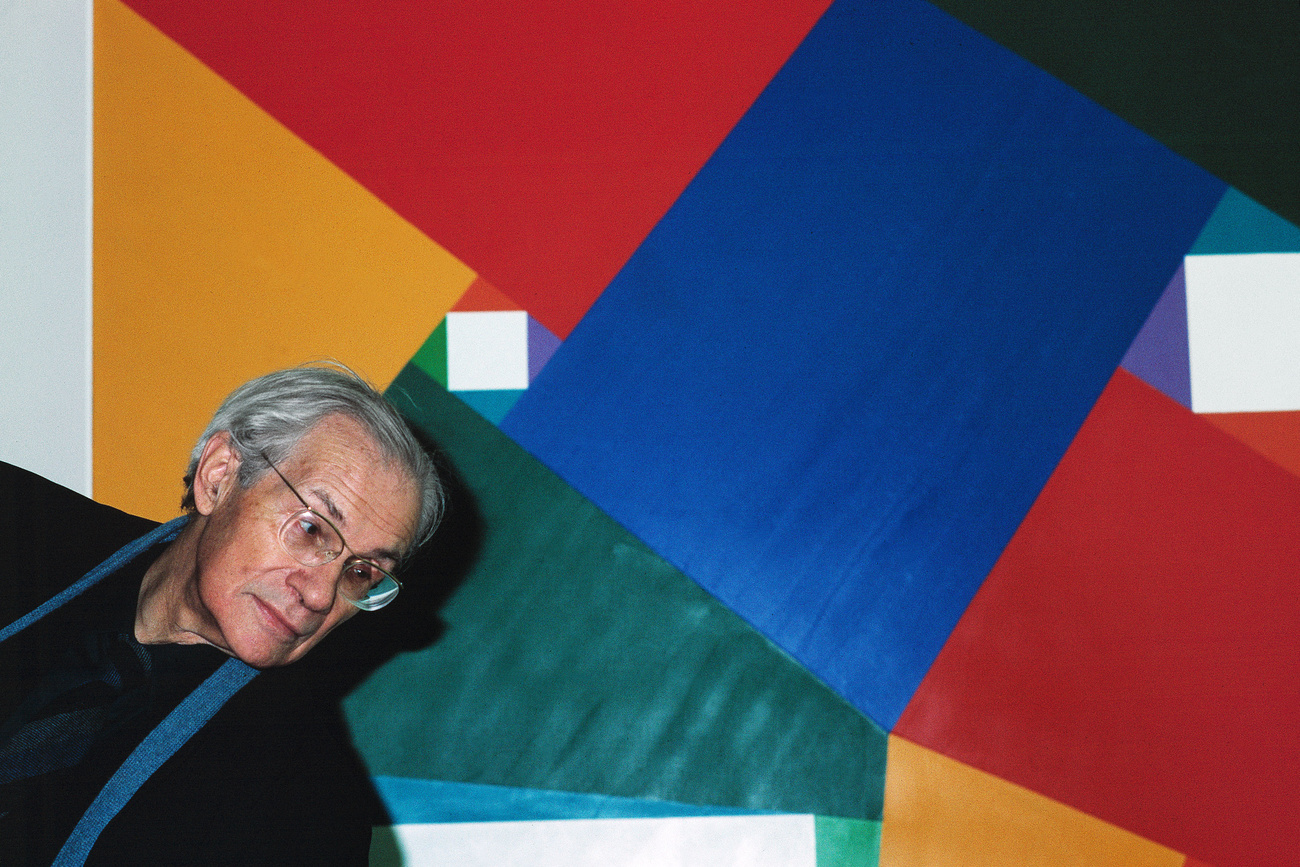
To make their claims for the creation of autonomous arts centres, the rioters used new forms of media – video, collages and graphic flyers – in much the same way as the Dadaists.
“Their raw ways of expression served as a launching pad for [Swiss] punk,” says Steiner, reminding us that before becoming a great video artist and one of Switzerland’s best known contemporary artists, Pipilotti Rist played in Les Reines Prochaines, an all-girl punk band. The arrival of video, Steiner points out, offered female artists a liberation from painting, which was mostly male dominated.
Swiss artists like Rist, Peter Fischli and David Weiss, among many others, invented their own brand of performance art: it was suddenly possible for them to make global art without leaving the country and gain international recognition with a very Swiss identity and sense of humour.
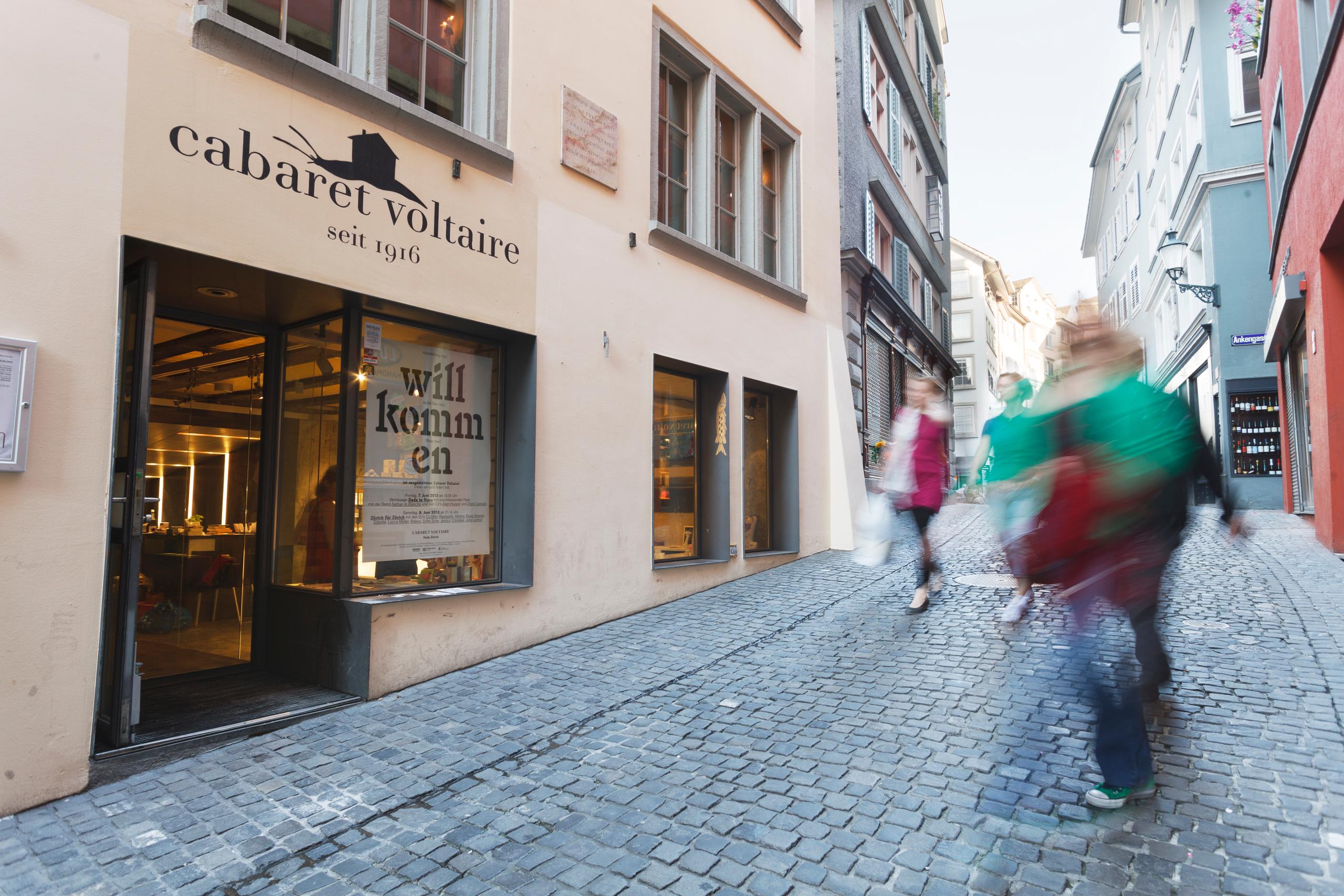
More
Dada: the art movement that questioned everything
A celebration of Surrealism
Asked how Surrealism is still relevant in Switzerland today, Steiner says that, although it was officially declared dead in 1969, three years after Breton passed away, it continues to have a profound influence on contemporary artists.
It was very important for the generation of the legendary Swiss art curator, Harald Szeeman (1933-2005), twice director of the Venice Biennale, and that of Bice Curiger, founder of the magazine ParkettExternal link (based in Zurich), in the 1980s, to promote a transatlantic art connection between Europe and the US.
Curiger went on to be one of the first women to direct the Venice Biennale.
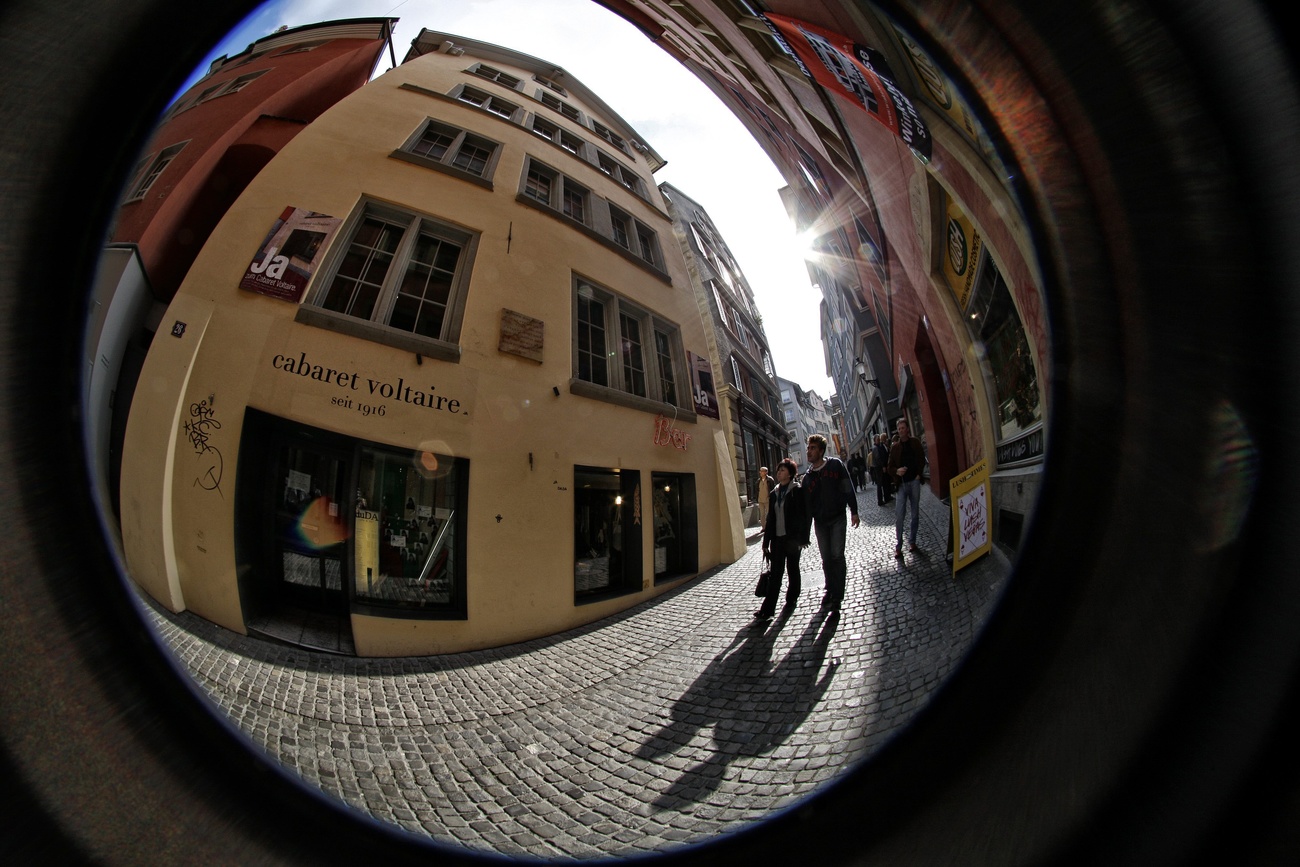
Steiner believes that there is still an enormous interest for a movement that emerged in times that are not dissimilar to the ones we are living in now: “We too have a war and tanks on our doorstep and have recently come out of a pandemic,” he says. “These are key moments that serve to remember and compare. They create the need to dream.”
“Ironically, hard times are good for the arts,” he adds.
The Cabaret Voltaire still stands. It was saved in 2002 from becoming a pharmacy at street level, with luxury apartments above. Steiner was part of the committee that helped to secure its future.
“It was quite a feat securing private funds, considering that Dada was against bourgeois values, but to us it was essential to preserve the landmark [building], not only for its historical value, but for the future as well,” he says.

A new approach
When it came to preparing the centenary, Steiner notes that there have been endless exhibitions on Surrealism in the last 100 years, many by Surrealists themselves or their heirs. With Pierre-Henri Folon, the MCBAExternal link’s contemporary art curator, he decided on the theme, “the great game”.
The title was borrowed from a short-lived rival group to Surrealism, but also as an homage to Marcel Duchamp’s love of chess. Running through the works of the 60 artists on display (including all the Surrealist icons) are the recurring themes of esoterism, automatism, and subconsciousness. Developments in psychoanalysis by Sigmund Freud were followed closely by the Surrealists.
“The great success of the show, in my eyes, is that the works seem timeless,” says Steiner. “They could belong to the present, the future or the past. Only their frames give them away.”
![The unavoidable Salvador Dalí: "Cygnes reflétant des éléphants [Swans Reflecting Elephants]", 1937.](https://www.swissinfo.ch/content/wp-content/uploads/sites/13/2024/05/MCBA_-LGJ_Salvador-Dali.jpg?ver=58b26244)
Besides the exhibition at the MCBA, Surrealism lovers are spoiled for choice with simultaneous exhibitions at the Plateforme 10 museum complex in Lausanne.
Photo ElyséeExternal link, the museum for photography, presents three portrait galleries covering over 100 years with Man Ray (188 photos from a private collection, including some of the most iconic portraits of the 20th century by the Dada/Surrealist experimenter), Cindy Sherman (the eerie art of self-portraiture in multiple guises by the American artist) and Christian Marclay (the Swiss-American archaeologist of image archives).
MudacExternal link, the museum of Contemporary Design and Applied Arts showcases Objects of Desire: Surrealism & DesignExternal link, an exhibition by the Vitra Design museum and AlchemyExternal link, with glassworks from the Mudac’s contemporary art collection – now the largest in Europe – either created or inspired by the Surrealists.
Edited by Virginie Mangin and Eduardo Simantob/gw

In compliance with the JTI standards
More: SWI swissinfo.ch certified by the Journalism Trust Initiative
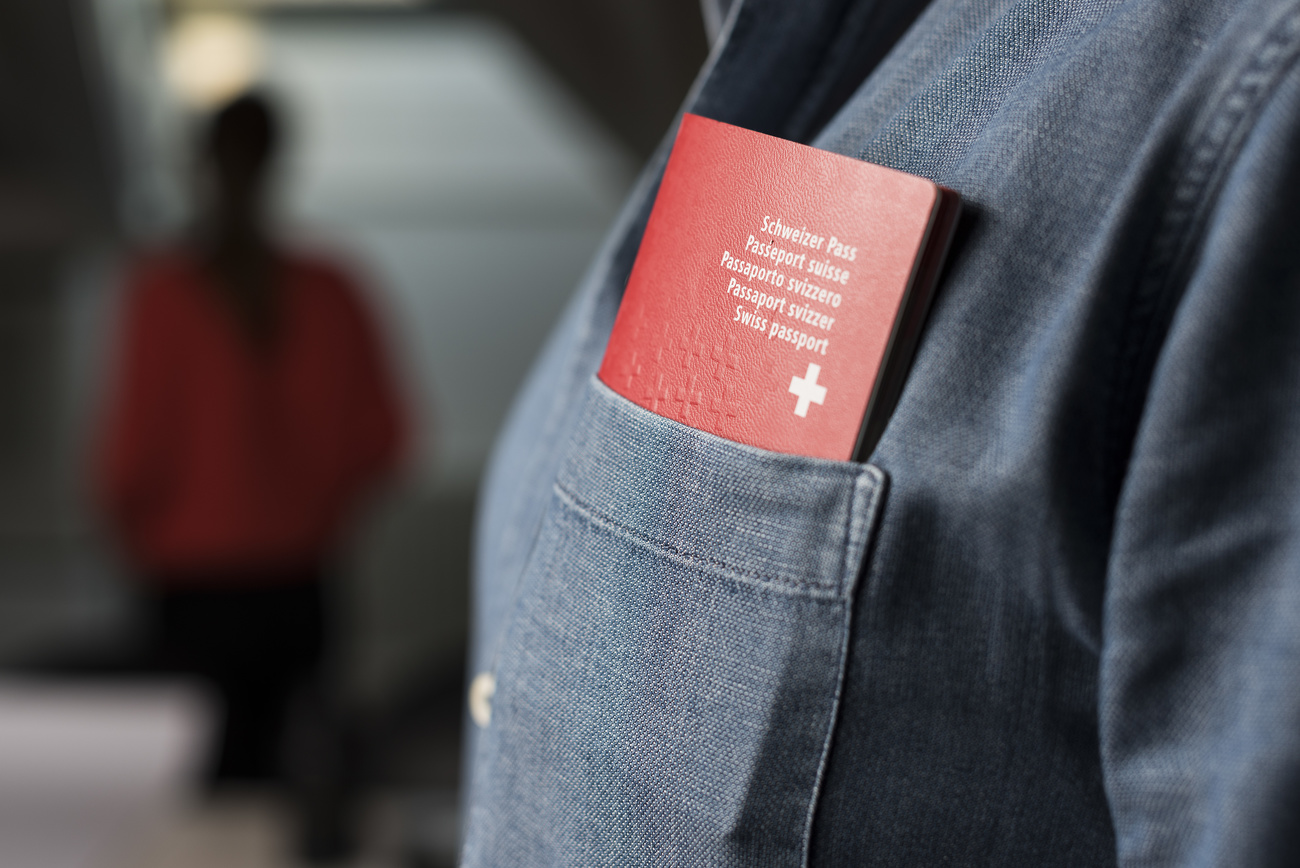


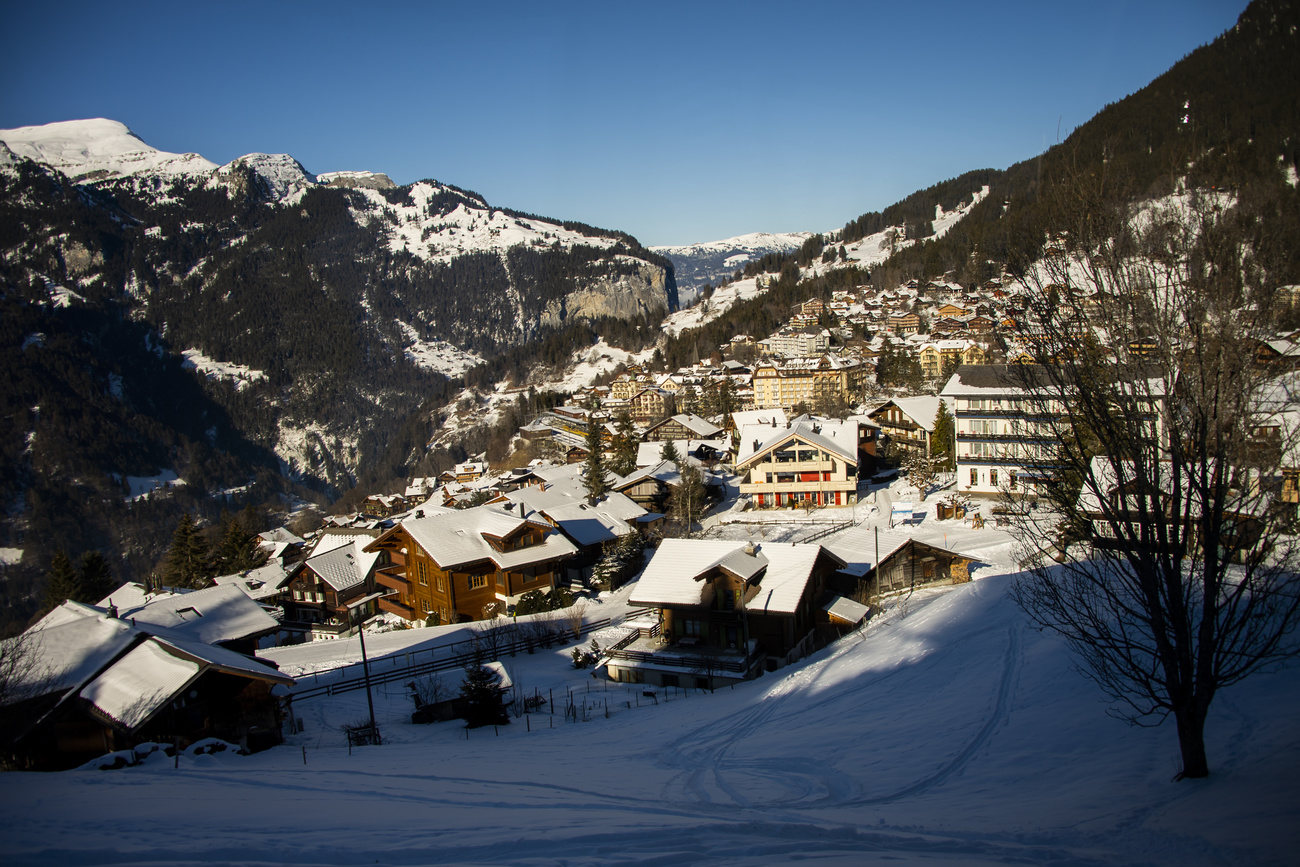




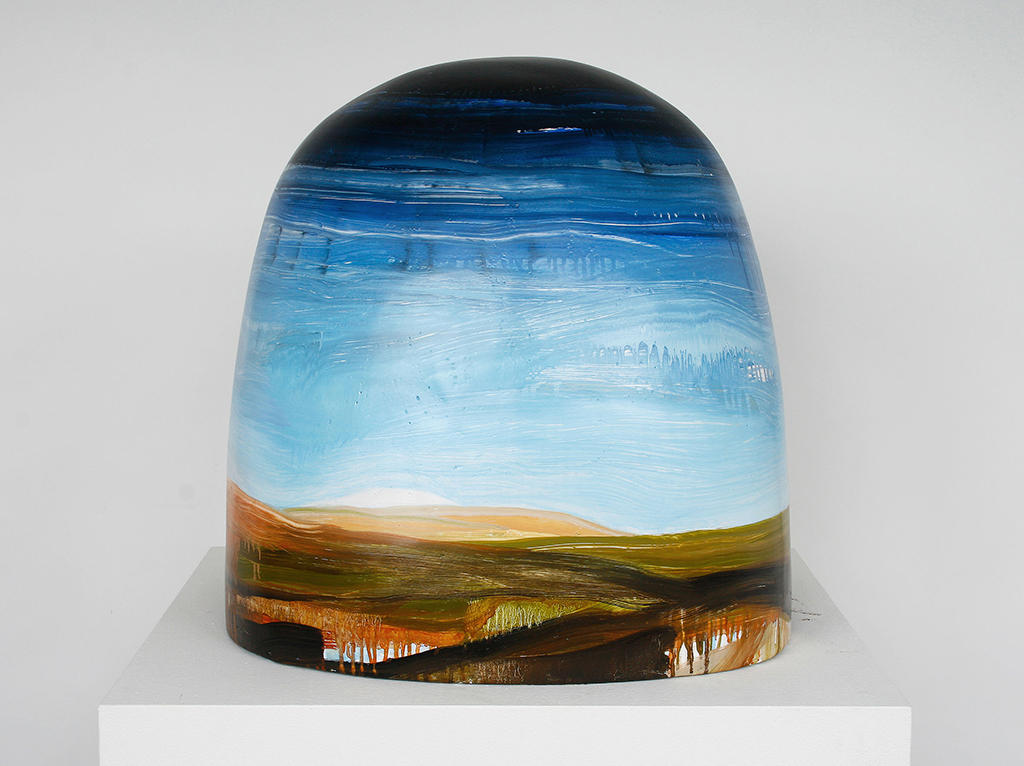
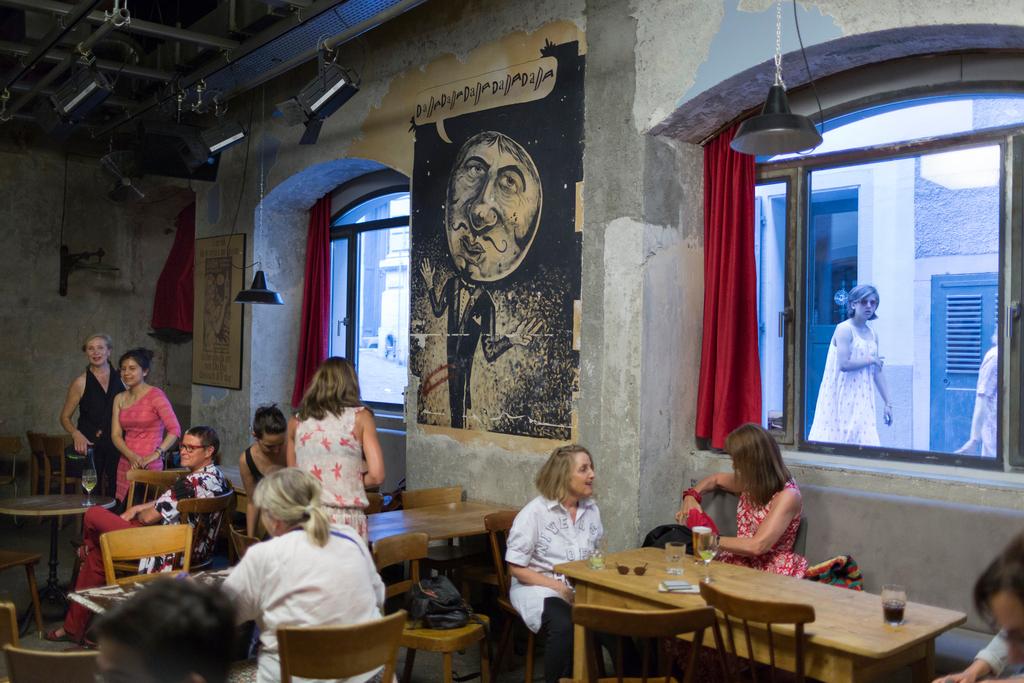
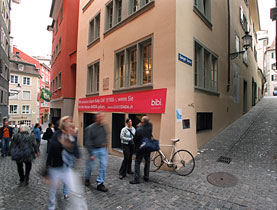

You can find an overview of ongoing debates with our journalists here . Please join us!
If you want to start a conversation about a topic raised in this article or want to report factual errors, email us at english@swissinfo.ch.